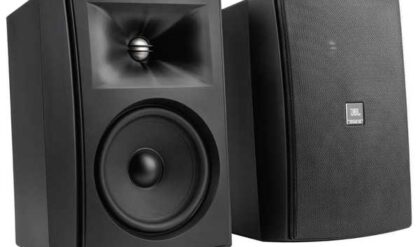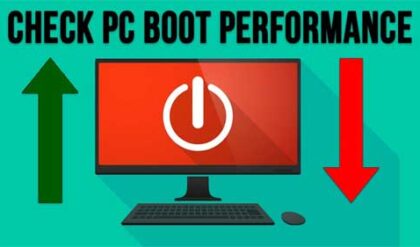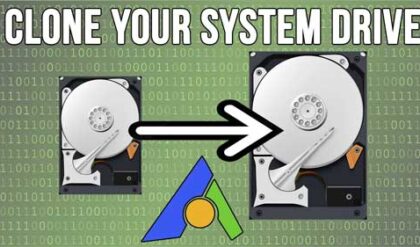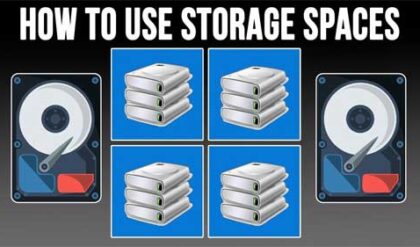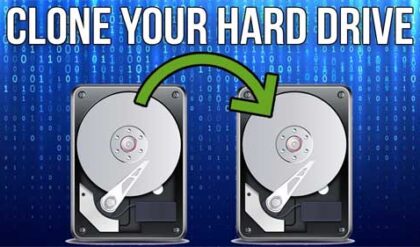Tools from the field of Assistive Technology (AT) enable people with impairments to carry out activities that would otherwise be challenging or impossible for them to do independently. Academic success and autonomy for kids with impairments are both boosted by the use of AT tools. Simple equipment like pencil grips can be just as helpful as more advanced technologies like screen readers and speech-to-text systems. Students with a variety of disabilities, including physical, sensory, and cognitive impairments, can benefit from using AT devices like electric wheelchair, power wheelchair or some kind of Motorized Wheelchair.
AT’s purpose is to aid students with disabilities in gaining access to and benefiting from the same educational opportunities as their non-disabled peers.
It’s crucial to remember, though, that each kid has unique requirements and talents, so the best tools and tactics will vary from one to the next. Consequently, it is crucial to consult an AT professional in order to determine which tools and methods will be most effective for each individual learner.
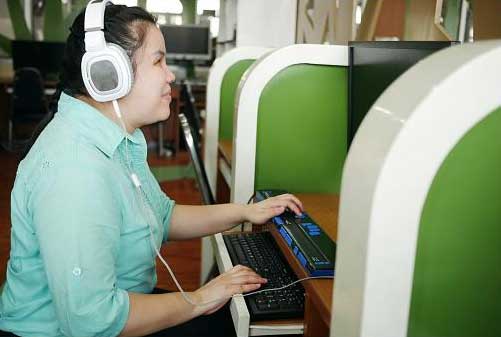
Here are some examples of Assistive Technology (AT) tools that can assist students with disabilities:
- Text-to-Speech (TTS) software
- Speech-to-Text (STT) software
- Screen readers
- Electronic magnifiers
- Alternative input devices
- Electronic organizers
- Educational software
We Should Talk About These
1. Text-to-Speech (TTS) software
The use of text-to-speech (TTS) software is an example of an auxiliary aid that can help students with disabilities. This program reads digital material aloud, making it accessible to pupils who may have visual impairments, dyslexia, or other reading issues
Students who have trouble reading or who prefer an aural learning method might also benefit from TTS software. Instead of reading textbooks, articles, or other materials, students can just listen to them using TTS software. Read&Write and NaturalReader are two programs that use text-to-speech technology.
2. Speech-to-Text (STT) software
Speech-to-text (STT) software is another helpful assistive technology tool for kids with disabilities. Students can record their own voice into the program and have it transcribed into text. Students whose physical impairments make it difficult for them to write or type can benefit greatly from STT software
These pupils don’t have to rely on printed notes, assignments, or classroom discussions because of the STT program. Software such as Dragon NaturallySpeaking and Google Voice Typing are examples of STT.
3. Screen readers
Accessible technology (AT) tools like screen readers are useful for students who have visual impairments or other limitations that make it difficult to read a computer screen.
Software called “screen readers” can make information on a computer screen more accessible to people with visual impairments. Some popular screen reader programs are JAWS and NVDA.
4. Electronic magnifiers
Students who have trouble seeing print or small objects can benefit from another sort of assistive technology known as electronic magnifiers.
This technology magnifies on-screen or printed material so that pupils may better see it. Students with limited vision benefit greatly from electronic magnifiers because they improve their ability to access and interact with course content
Magnifier software like ZoomText and Magic are two examples of electronic magnifiers.
5. Alternative input devices
Alternative input devices can be a game-changer for kids with physical impairments. These aids provide pupils with an alternative method of interacting with a computer or other electronic device
Students with mobility impairments may, for instance, use a mouth stick or a head wand to navigate a computer’s interface. In addition to keyboards and mice, prominent alternative input devices that can help students with physical limitations interact with learning materials include switch interfaces and touch displays.
6. Electronic organizers
Another sort of assistive technology that might help students with impairments keep focused and on task are electronic organizers. A student with attention deficit hyperactivity disorder (ADHD) might utilize a digital planner to schedule reminders and maintain tabs on due dates. Students with difficulties in executive functioning may also benefit from the use of electronic
organizers, which can help them remain on top of their work and make good use of their time. Google Calendar and My Study Life are two popular digital planner alternatives.
7. Educational software
Last but not least, instructional software can be a helpful tool for pupils with special needs. In addition to facilitating learning and providing practice opportunities, educational software can also support and accommodate students with disabilities.
The reading, writing, and learning software Kurzweil 3000, for instance, includes things like text-to-speech and speech-to-text translation, as well as note-taking and study capabilities.
Co: Writer is another well-liked piece of educational software that may be used to aid students who are having trouble with their writing by providing them with features like word prediction.
Conclusion
In conclusion, the use of Assistive Technology (AT) tools can help children with disabilities succeed in school, gain greater independence, and reduce the negative effects of their disability on their lives. Tools such as text-to-speech software and electronic organizers are available to give students with impairments equal access to educational opportunities. To find the appropriate AT tools and tactics for each student, it is essential to collaborate with an AT specialist familiar with the student’s unique requirements and abilities. Students with disabilities can overcome their impairments and realize their full academic and personal potential with the help of AT tools.
Author Bio
Ashley Brown is a content creator and digital marketer with a passion for helping businesses in the Gilani Engineering industry succeed online. With over 5 years of experience in creating high-quality content, she specializes in creating compelling and informative blog posts, articles, and social media content!

